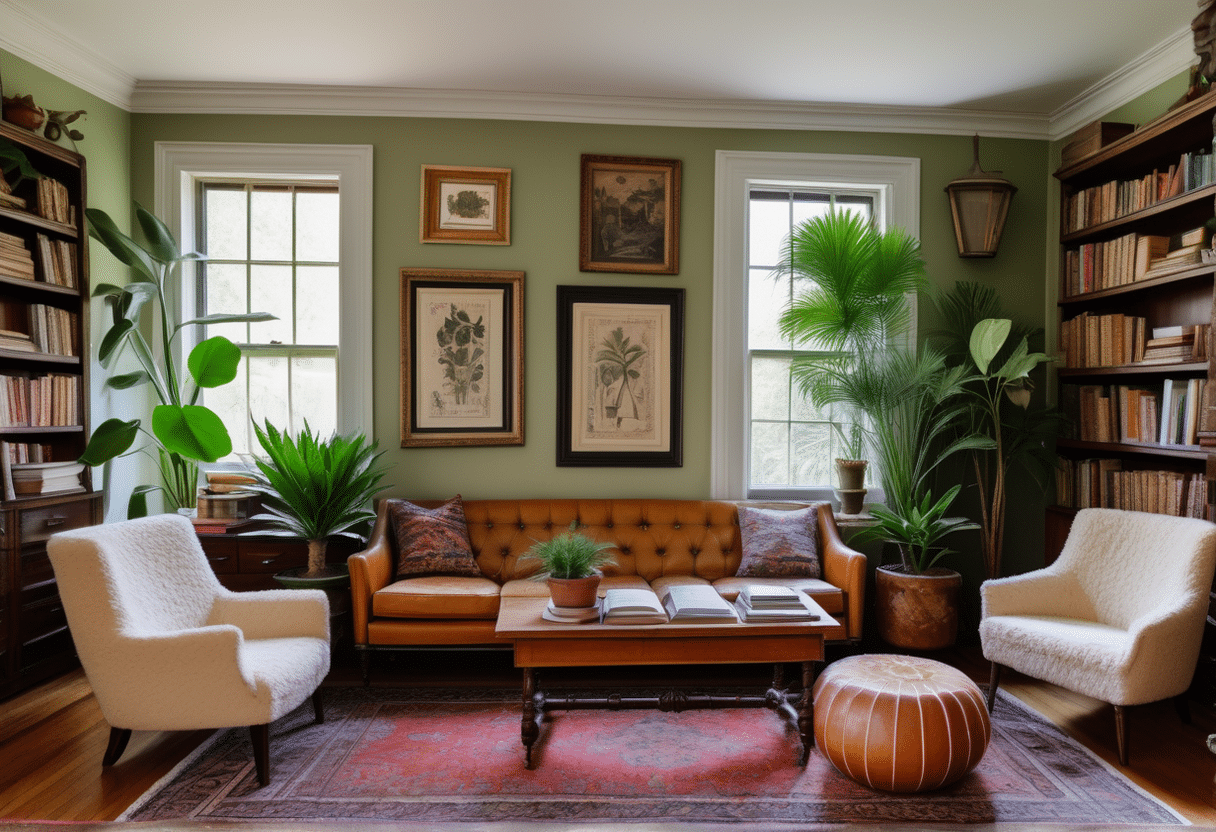The history of interior design is a captivating journey that mirrors the evolution of our societies, technologies, and personal tastes. Let me walk you through the key moments and movements that have shaped the way we decorate our homes today.

Podcast Discussion of The History of Interior Design Trends
Podcast Transcript
Hey there. Ever feel like, stepping into a time machine? Well, today, we’re diving into a century of home design. And let me tell you, it’s wild how much our living spaces can, like, reflect the times. It’s true.
Design is like the secret language, you know, whispering stories about the people and, like, the events that shaped each era. We’ve got a treasure trove of insights from cardinalmemorials.com, including this infographic. It’s basically a crash course in design history. Oh, wow. We’re talking everything from art deco glamour to, well, whatever’s happening in our homes right now, ready to decode the decades.
Absolutely. Let’s dive in. 1st stop, the roaring twenties. Imagine emerging from a World War a and d, a pandemic. Oh, wow.
It’s party time. And how do you think people decorate it? With a healthy dose of glitz and glamour, of course. Think bold geometric patterns, luxurious materials like chrome and velvet, anything to make a statement. Right.
It’s like the design world was saying, out with the old, in with the bold. And cardinalmemorials.com points out, this wasn’t just about being flashy. It reflected a newfound optimism and a desire to break free from the past. Exactly. And speaking of breaking free, the 19 twenties saw, like, the rise of new technologies that directly influenced design.
The streamlined shapes of radios and automobiles. They found their way into furniture, creating those iconic art deco silhouettes we still recognize today. It’s like our homes were mirroring the excitement of such a rapidly changing world. But hold on to your hats because as we all know, the party couldn’t last forever. Enter the 19 thirties, and the Great Depression throws a bucket of ice water on everyone’s parade.
Indeed. Suddenly, extravagance is out and practicality is in. People are forced to do more with less, and we see a shift toward more, modest streamlined interiors. Cardinalmemorials.com highlights the use of floral wallpaper and rugs during this period. It seems like people were craving, like, cheerfulness and warmth amidst the hardships.
Absolutely. And this is where the radio truly becomes king. With families huddled around this new source of entertainment and information, living rooms are designed with the radio as the focal point. Sound familiar? Swap the radio for a flat screen TV, and you’ve got a 21st century living room.
It’s fascinating how some things never change. But before we fast forward to today, we’ve got a world war to get through. The 19 forties hit, and design, like everything else, is put on hold. Materials are scarce, rationing is an effect, and practicality becomes the name of the game. Remember knotty pine paneling.
Oh, yeah. Ubiquitous. But why was it everywhere? It was cheap, easy to work with, and most importantly, homeowners could install it themselves. This DIY spirit was like a defining characteristic of 19 forties design, but then the war ends, and America experiences a post war boom.
Cue the suburbs. Levittown pops up offering affordable housing to a nation eager for a fresh start. What a shift from the war years. It was a time of incredible optimism and growth, and that spirit of innovation extended to the home, particularly the kitchen. Remember, this is when those sleek, efficient, Bauhaus inspired kitchens began to take shape.
So while the war forced to focus on practicality, it also planted the seeds for the modern functional kitchens we love today. Exactly. And this brings us to the 19 fifties, the atomic age. Think bold colors, playful shapes, and a fascination with all things futuristic. It’s like the design world took a giant leap forward, mirroring the excitement of the space race and the dawn of a new era.
Cardinalmemorials.com points out the prevalence of pink during this decade. Who knew it was once the height of modern style? It’s true. And it wasn’t just pink. Think turquoise, avocado green, a whole rainbow of vibrant hues.
Remember, these colors were new and exciting, thanks to advances in manufacturing and synthetic materials? It’s like our homes were bursting with the optimism of the postwar era. And speaking of bursting, those open floor plans we saw emerging in the 19 thirties, they really took off in the 19 fifties, bringing families together in a whole new way. Absolutely. This was the era of the suburban dream.
Large families, casual, entertaining, and a desire for homes that reflected that openness and connection. But just as the American dream was settling into its suburban groove, along came the 19 sixties to shake things up. Cue the lava lamps and beanbag chairs. Right. This was the era of counterculture and design got groovy right side it.
It did. Cardinalmemorials.com points out this fascinating contrast during this time. Uh-huh. Alongside, like, the vibrant hues and playful shapes, we also see this rise of natural materials and earth tones. That’s right.
It’s like this push and pull between expressing individuality and seeking a connection to something bigger than ourselves. Right? Exactly. And it’s reflected in the materials too. Oh, yeah.
Plastic furniture was all the rage affordable, disposable, and easy to switch up as styles changed. Right. But at the same time, macrame and handcrafted items gained popularity, hinting at this desire for authenticity in a world of mass production. Dude, like the sixties couldn’t decide whether to embrace the future or retreat to a simpler time. Maybe that’s why it was such a fascinating decade for design.
Yeah. But speaking of change, the 19 seventies ushered in a whole new mood. What comes to mind when you think of seventies interiors? Well, I can’t say I’m surprised by cardinalmemorials.com’s emphasis on avocado green and harvest gold. Those colors are iconic.
They are. But why do you think they resonated with people back then? The seventies were a time of social and political upheaval. The Vietnam War, the Watergate scandal, There was this sense of disillusionment with the establishment. Yeah.
And design reflected that shift. People were looking for comfort, for a connection to nature, for something real. So those earth tones weren’t just a coincidence. They were a reaction to the times. Right.
Fascinating. Yeah. And speaking of reactions, how did the eighties bounce back from the mellow vibes of the seventies? With a bang. Wall Street was booming.
Shoulder pads were reaching new heights and design. Well, let’s just say it was a time of maximalism and bold statements. Cardinalmemorials.com mentions mauve being the its color of the eighties, but I distinctly remember it being everywhere. From walls to carpets, even appliances, Mauve was having a moment. It’s true.
And it wasn’t just Mauve. Geometric patterns, bold color combinations, a touch of country kitsch, the eighties embraced it all. Wow. This was the decade of more is more, a celebration of individual expression, and let’s be honest, a bit of showing off. Right.
It’s like design became a way to showcase your success and good taste. Uh-huh. And this is also when open concept kitchens really take center stage. Absolutely. With the rise of 2 income families and a renewed focus on home life, kitchens become the heart of the home, a place to cook, eat, socialize, even work.
Yeah. It’s a trend that continues to this day. For sure. But as the decade of excess came to a close, the nineties ushered in a new sense of, well, if not exactly restraint, maybe a bit of a breather. Right.
Like, everyone collectively took a deep breath and opted for a more relaxed vibe. Yeah. Grunge meets minimalism. That’s how I see it. Mhmm.
Muted colors, exposed brick, a touch of industrial chic. It’s all about stripping things back, finding beauty in imperfection. And yet cardinalmemorials.com points out another significant trend, the rise of shabby chic. Suddenly, slip covered sofas, vintage finds, and a romantic lived in aesthetic become incredibly popular. It’s so interesting how 2 seemingly opposite styles can coexist within the same decade.
I know. Right? On one hand, you’ve got this stripped down, almost stark aesthetic. Yay. And on the other, you have this cozy nostalgic maximalist approach.
Yeah. It’s wild. It speaks to the diversity of taste and the constant evolution of design. It does. Plus, let’s not forget the Internet is starting to make its mark, giving people access to a wider range of design inspiration than ever before.
That’s why the Internet changes everything. So true. Speaking of the Internet, by the 2000, it had revolutionized just about everything, including how we approach home design. Suddenly, inspiration was just a click away. And stainless steel appliances become synonymous with modern living.
Open concept kitchens continue to reign supreme and granite countertops, but they were practically a status symbol. It’s funny how certain materials define certain eras. Mhmm. Remember avocado green in the seventies or mauve in the eighties? Mhmm.
Well, in the 2000, it was all about that sleek, cool granite. It was. But it wasn’t just about keeping up with the Joneses. Right. The 2000 were also about embracing technology and creating homes that felt both stylish and functional.
Absolutely. We see the rise of home theaters, media rooms, and dedicated home offices as technology becomes increasingly integrated into our lives. Yeah. But even as we embrace the digital world, there’s this growing desire for something more, something authentic. And that craving for authenticity leads us straight into the 20 tens with, like, the rise of modern farmhouse style.
Yes. Ship black for everyone. Right. It’s fascinating how Chip and Joanna Gaines tapped into something that resonated so deeply with homeowners. It’s true.
Suddenly, everyone wanted barn doors in their living rooms and open shelves in their kitchens. And let’s not forget that touch of millennial pink. Cardinalmemorials.com highlights how this, like, soft nostalgic hue became a hallmark of the 20 tens. Like, we’re trying to balance out all that rustic charm with a little bit of playful whimsy. Exactly.
And I think it speaks to a larger trend of blending styles and eras to create something personal and unique. So no more cookie cutter interiors. It’s all about mixing and matching to tell your own story. Precisely. And that brings us to the present day, the 20 twenties.
What a wild ride it’s been. Talk about a decade that turned everything upside down. Cardinalmemorials.com points out how the pandemic forced us to reevaluate our relationship with our homes. It’s true. Suddenly, our homes had to be everything.
Mhmm. Offices, schools, gyms, even restaurants, and that had a huge impact on design. Right. We saw a renewed focus on comfort and functionality, but also a desire for spaces that spark joy and creativity. And let’s not forget about sustainability.
As people spend more time at home, they became more aware of their environmental impact, and that’s reflected in design choices. So are we talking upcycling, vintage finds, a return to natural materials? Absolutely. There’s a growing appreciation for handcrafted items, for pieces with a story to tell. It’s a way to create homes that are both stylish and sustainable.
I love that. So what’s the takeaway from our whirlwind tour through a century of home design? What have we learned? Well, I think it’s clear that design is never just about aesthetics. You know?
It’s a reflection of who we are, what we value, and how we live our lives. It’s like our homes are a visual timeline of our experiences and aspirations. Exactly. And just like us, design is constantly evolving, borrowing from the past, embracing the present, and hinting at what’s to come. So what do you think the future holds?
Will we all be living in minimalist white boxes controlled by algorithms? I doubt it. I think the future of design is all about personalization, sustainability, and creating spaces that nourish our souls. Hear hear homes that spark joy, tell our stories, and reflect our values, that’s a future I can get behind. And I think cardinalmemorials.com would agree.
After all, our homes are where memories are made, where we find comfort and connection, and where our personal stories unfold. Beautifully said. And on that note, it’s time to wrap up this deep dive into a century of home design. We’ve journeyed from art deco glamour to modern farmhouse chic with a few avocado green appliances thrown in for good measure. It’s been a fascinating exploration of how our living spaces reflect the ever changing world around us.
And we hope you’ve enjoyed the journey as much as we have. Remember, whether you’re drawn to sleek minimalism or cozy maximalism, the most important thing is to create a home that feels authentically you. Because at the end of the day, our homes our havens, our sanctuaries, and the backdrop for our lives. So true. Thanks for joining us on this deep dive, and we’ll see you next time for another fascinating exploration.
Ancient Beginnings: The Foundations
Egyptian Elegance
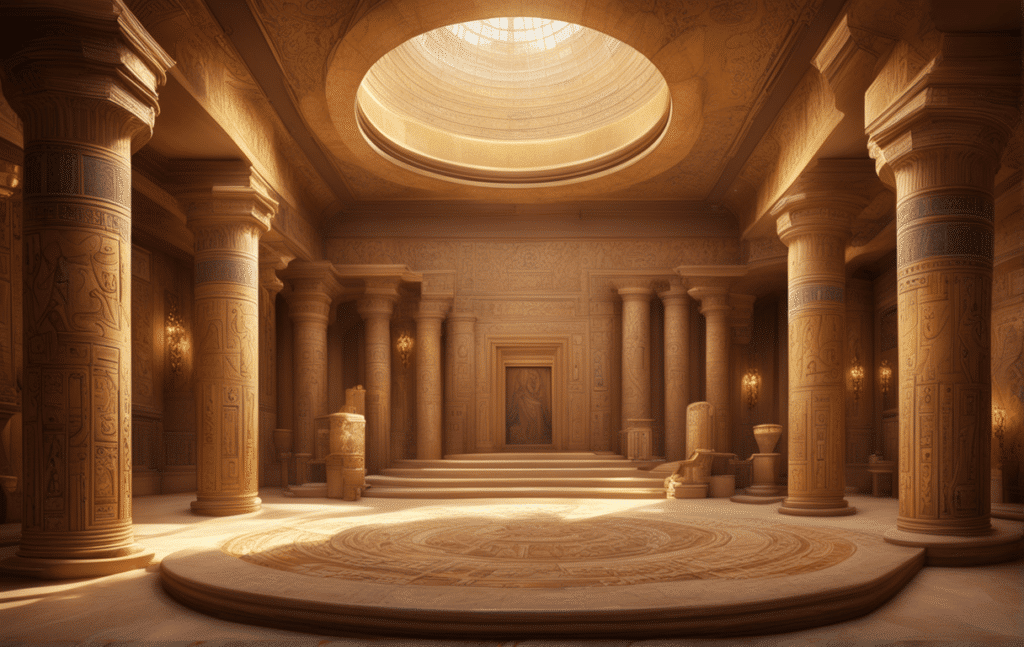
Back around 4500 B.C.E., the Egyptians kickstarted interior design with repeating circles and waves. These patterns weren’t just for show—they symbolised life and the natural world, bringing a sense of harmony to their spaces.
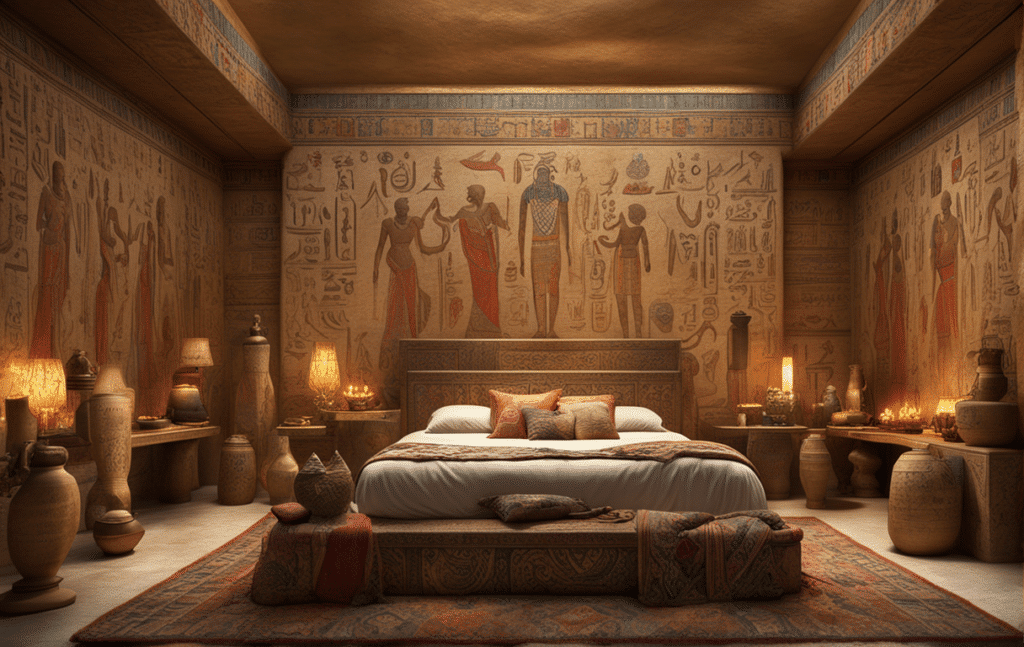
Greek Harmony
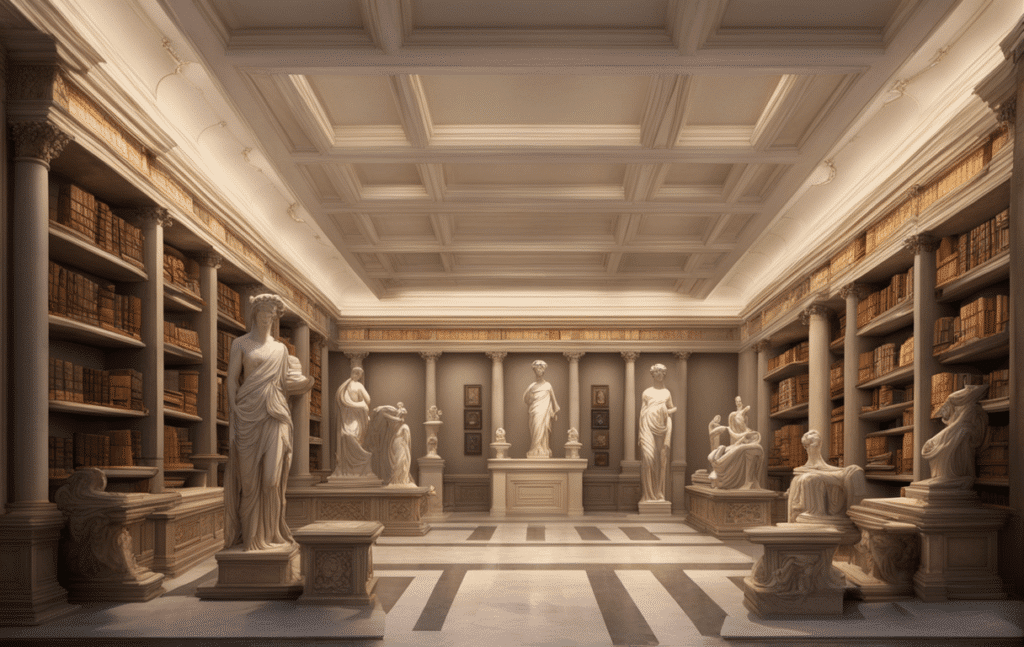
Fast forward to 1200 B.C.E., and the Greeks stepped in, focusing on proportion, form, and symmetry. Columns and moldings became staples, creating spaces that felt both structured and serene. These elements still inspire designers today.

Roman Innovation
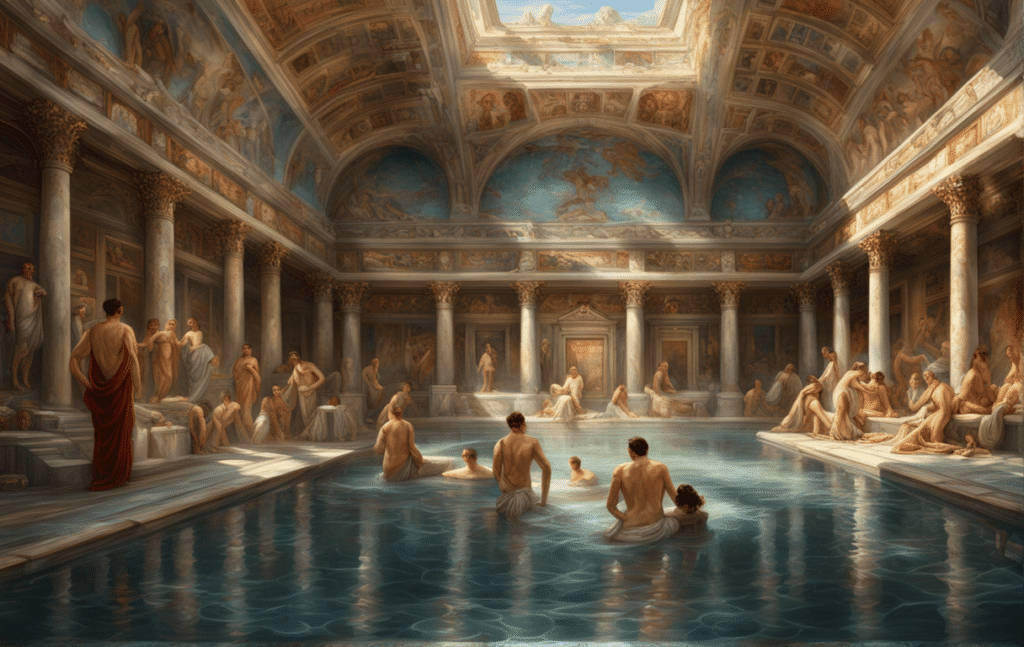
By 753 B.C.E., the Romans introduced concrete as a building material, revolutionizing interior spaces. They experimented with brick, marble, and travertine, pushing the boundaries of what interiors could look like and laying the groundwork for future innovations.
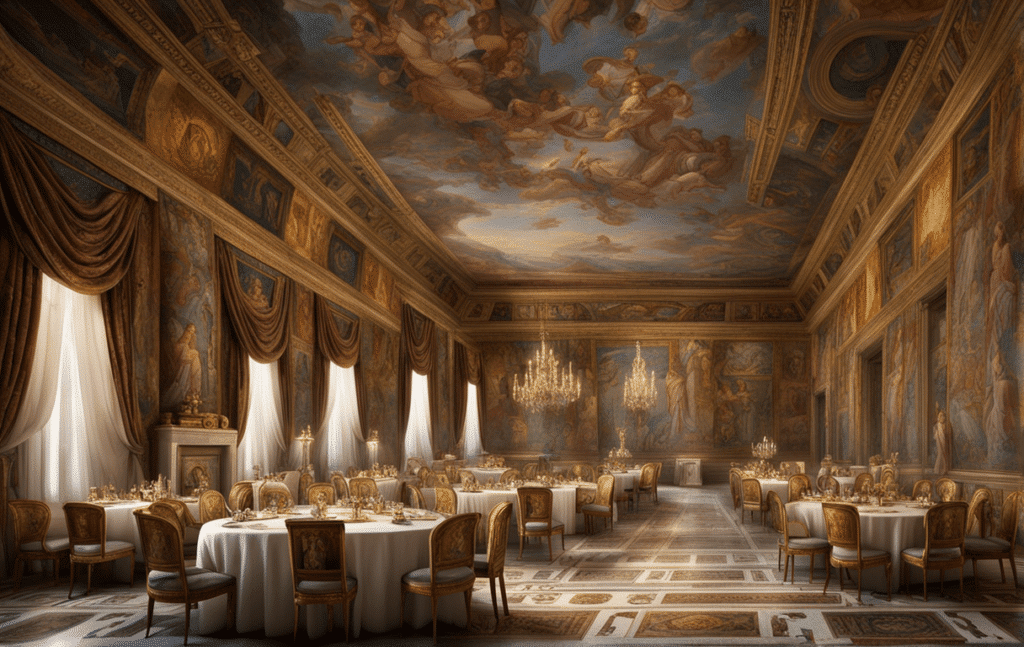
Middle Ages to Renaissance: A Shift in Style
Byzantine Grandeur

Between 500-1500 C.E., the Byzantine Empire showcased grand domes and ornate decorations. These lavish interiors reflected the empire’s wealth and artistic prowess, adding a touch of luxury to their spaces.
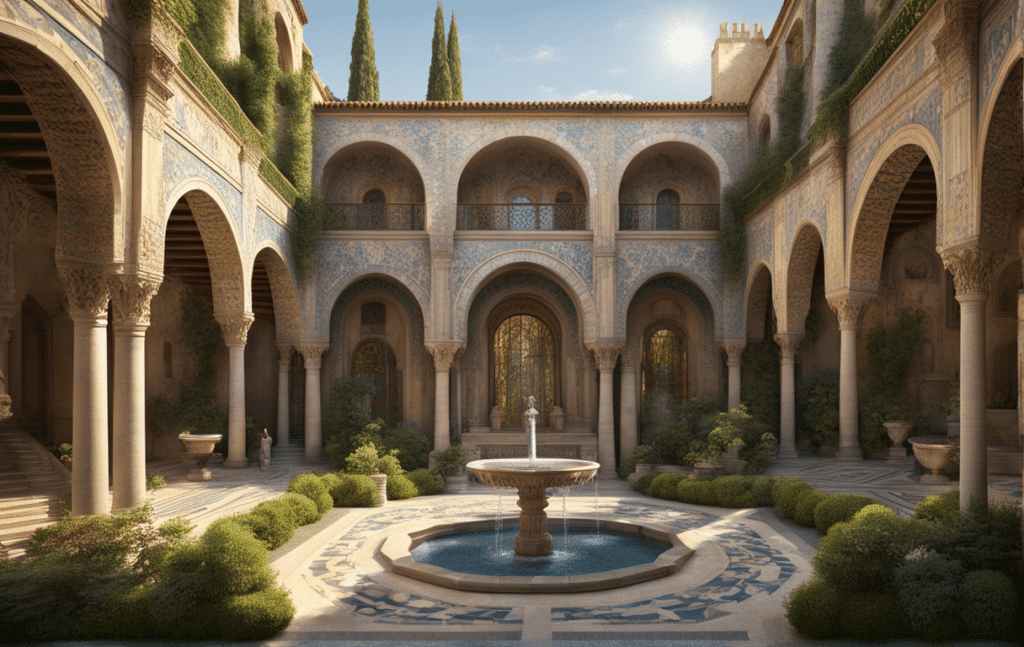
Minimalist Dark Ages

From 900-1500, the Dark Ages brought a shift towards minimalist interiors. Simple wood panels and stone floors took center stage, prioritizing functionality over decoration.
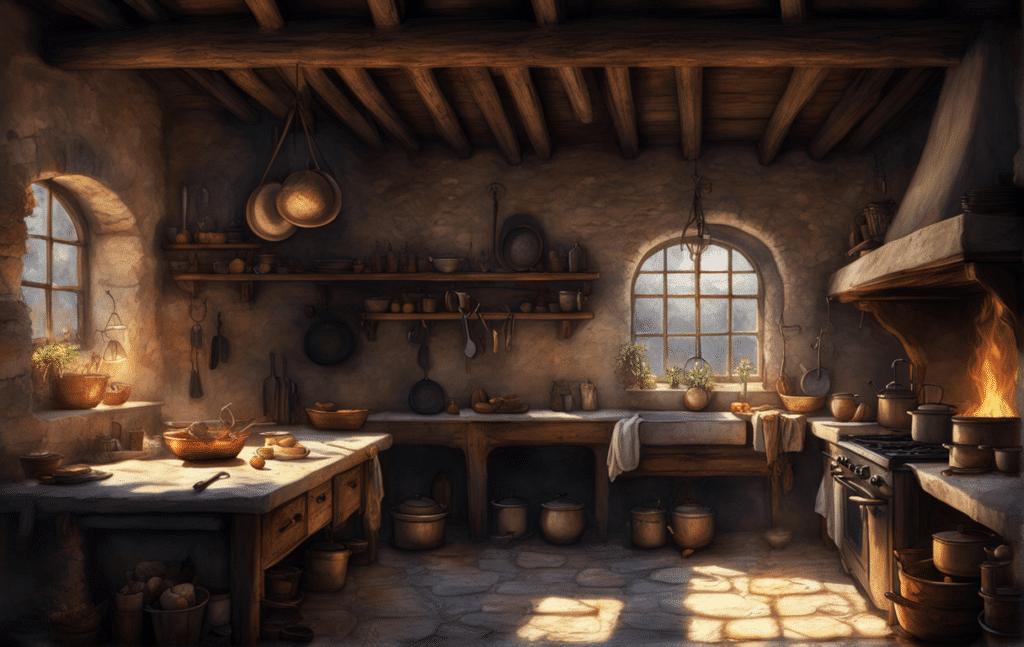
Renaissance Revival
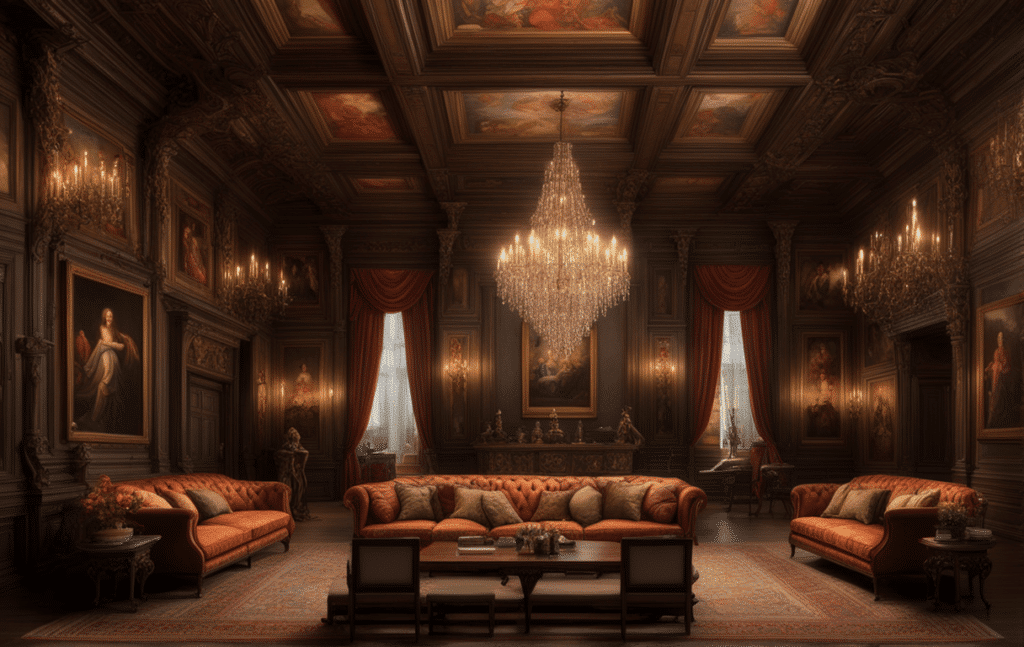
The Renaissance (1400-1600) breathed new life into classical Greek and Roman elements. Artisans crafted custom furniture, and designers like Thomas Chippendale and Robert Adam emphasized unity and balance, setting new standards for elegance.

Industrial Revolution to Early 20th Century: Expanding Possibilities
Industrial Influences
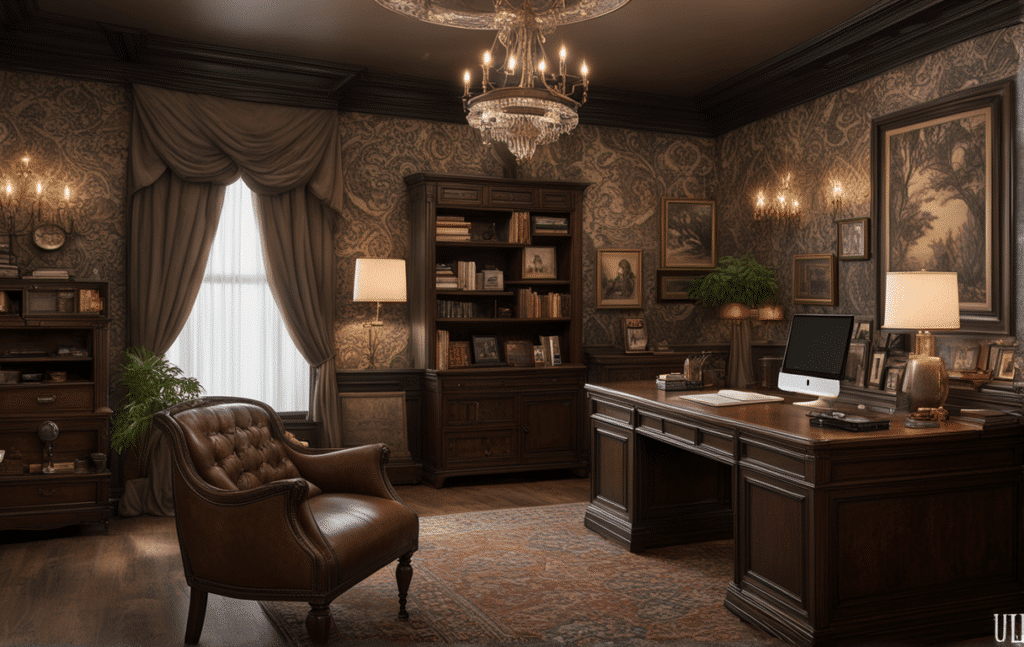
Between 1700-1900, the Industrial Revolution made materials like carpets, wallpapers, and paints more accessible. Ceilings became focal points, and pioneers like Rhoda and Agnes Garrett added an artistic touch to personal spaces, blending functionality with style.
Art Nouveau and Art Deco
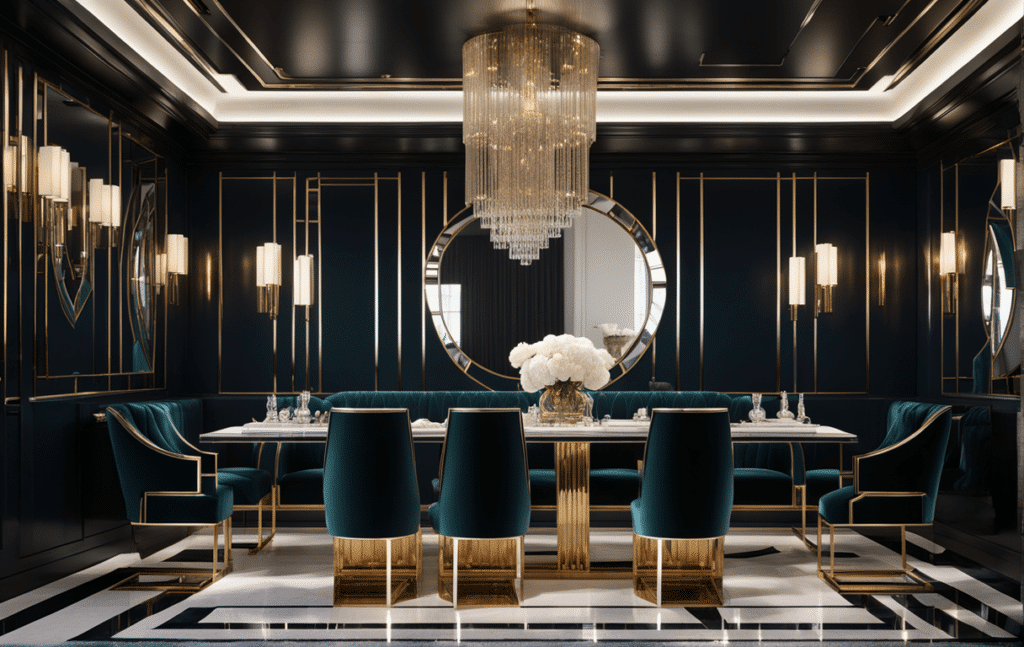
The early 1900s saw Elsie de Wolfe’s airy interiors and Edith Wharton’s functional designs take the spotlight. The 1920s introduced Art Deco with its bold geometric patterns and luxurious finishes, reflecting the era’s glamour. Bauhaus later emphasized functionality and minimalism, giving us iconic pieces like the Barcelona Chair.

Mid to Late 20th Century: Diverse Expressions
Post-War Prosperity

After World War II, the housing boom led to smaller, affordable homes. The 1950s embraced vibrant colors and Scandinavian simplicity, while the 1960s focused on self-expression with bold hues and eclectic styles.

Maximalism and Minimalism
The 1970s brought maximalism with shag carpets and houseplants, a nod to earlier minimalism. The 1980s swung back to excess with bold colors and eclectic trends. By the 1990s, minimalism and industrial chic took center stage, offering a cleaner, more streamlined look.
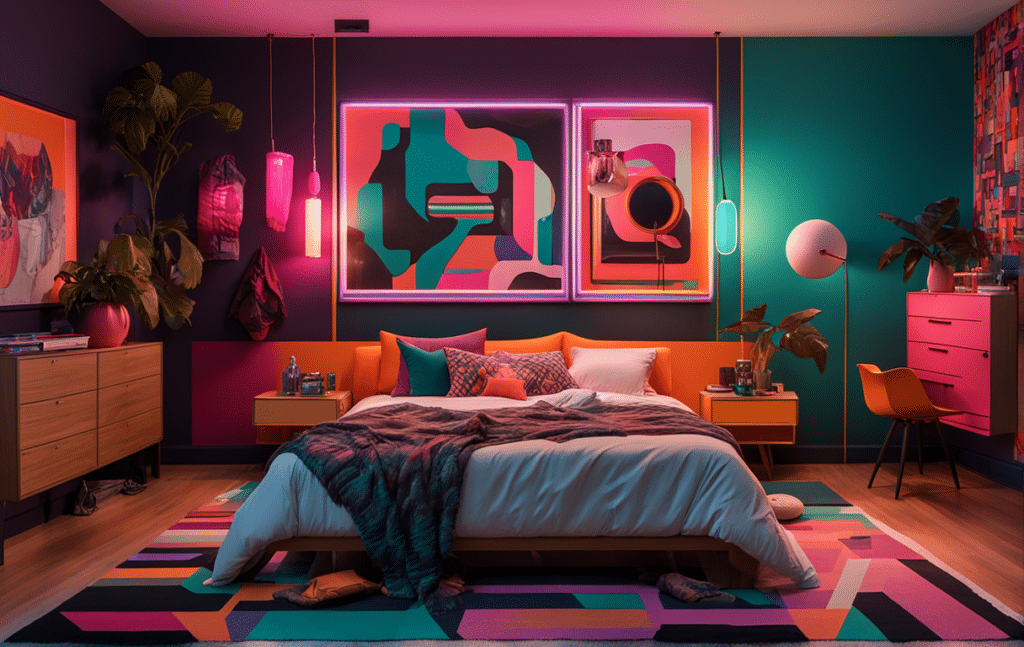

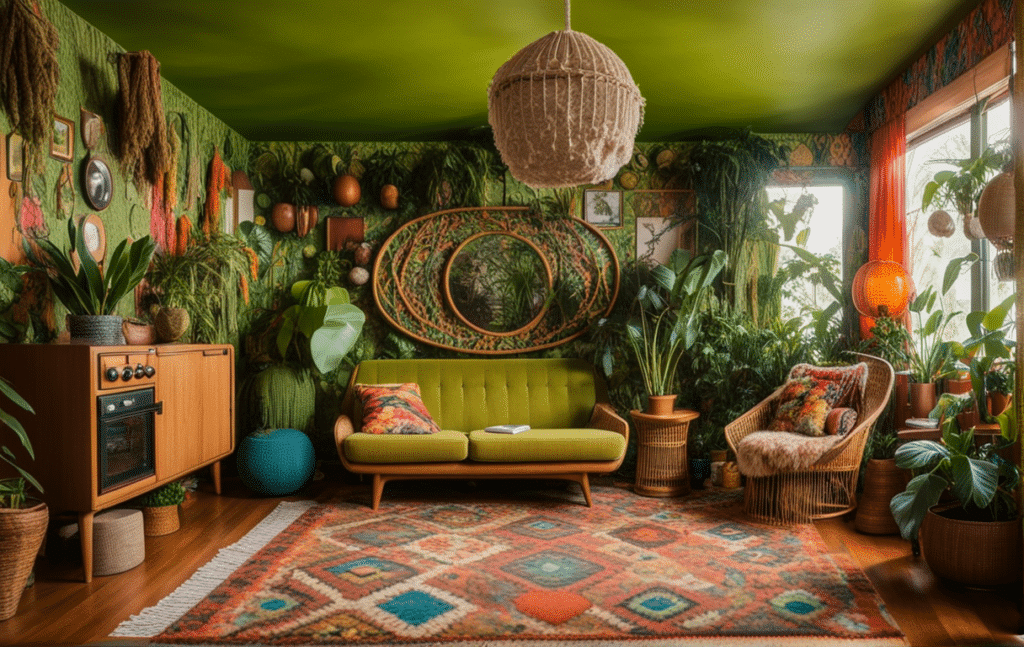
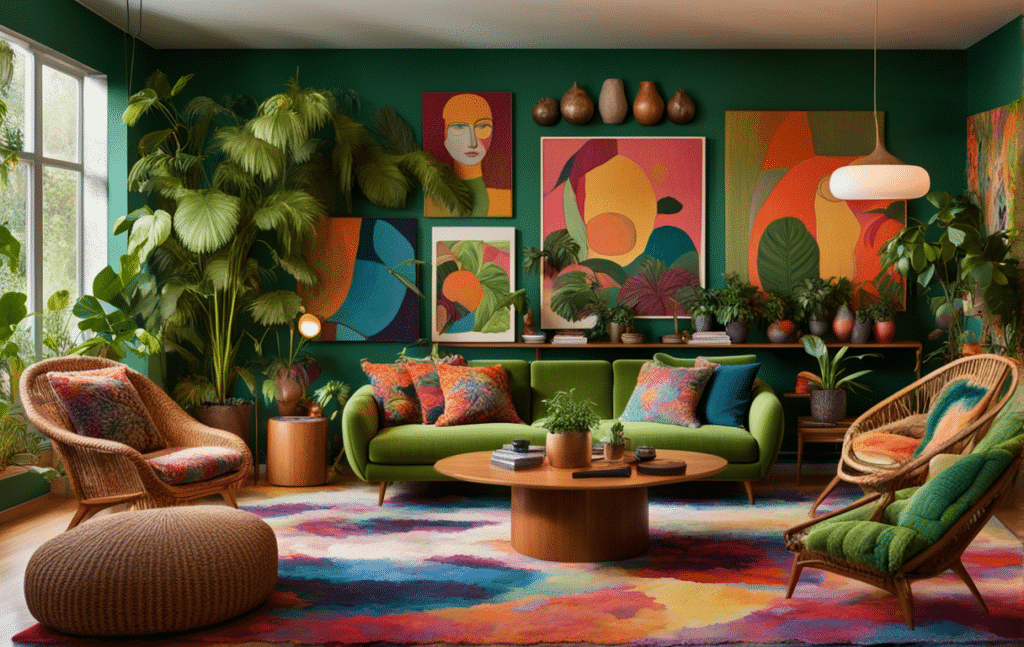
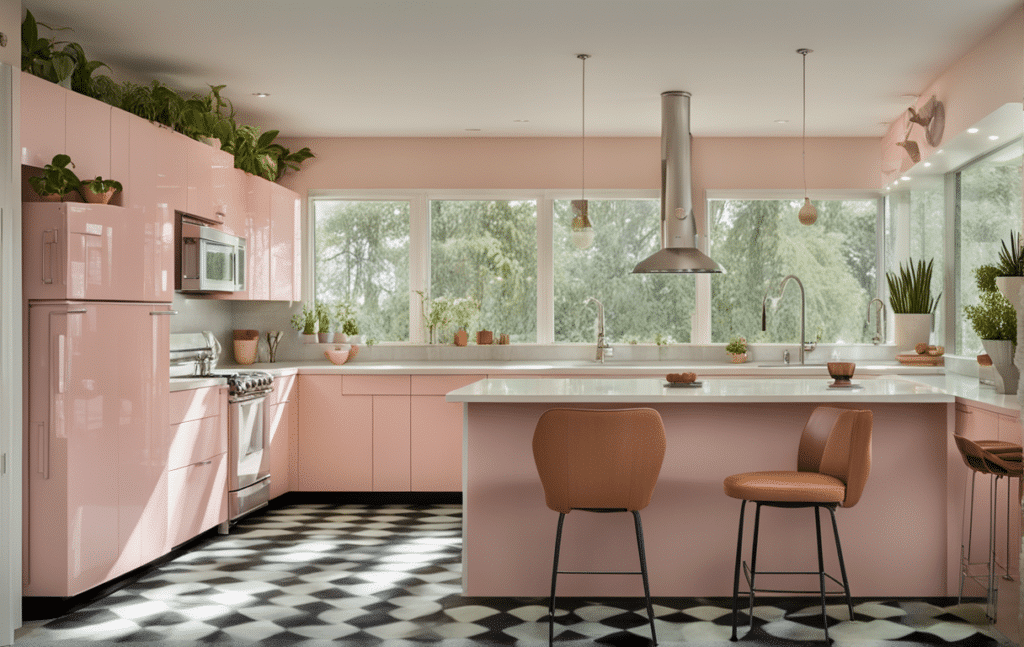
21st Century to Present: Modern Influences
Digital Influence
The internet transformed design trends in the 2000s, making inspiration just a click away. Open kitchens and mid-century modern designs surged in popularity, reflecting a blend of functionality and style.
Modern Farmhouse and Sustainability
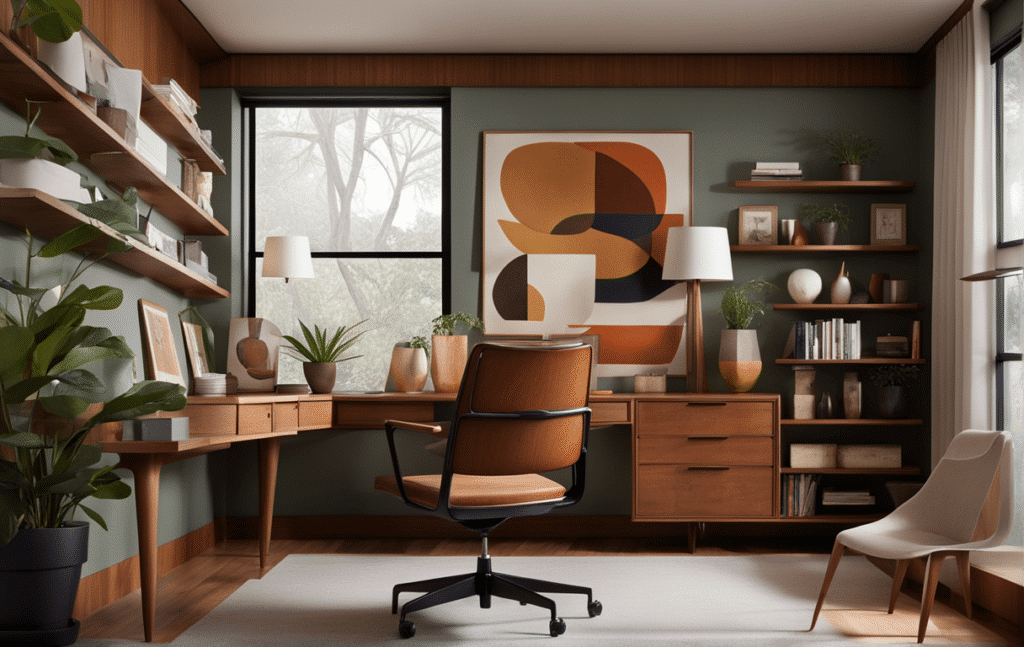
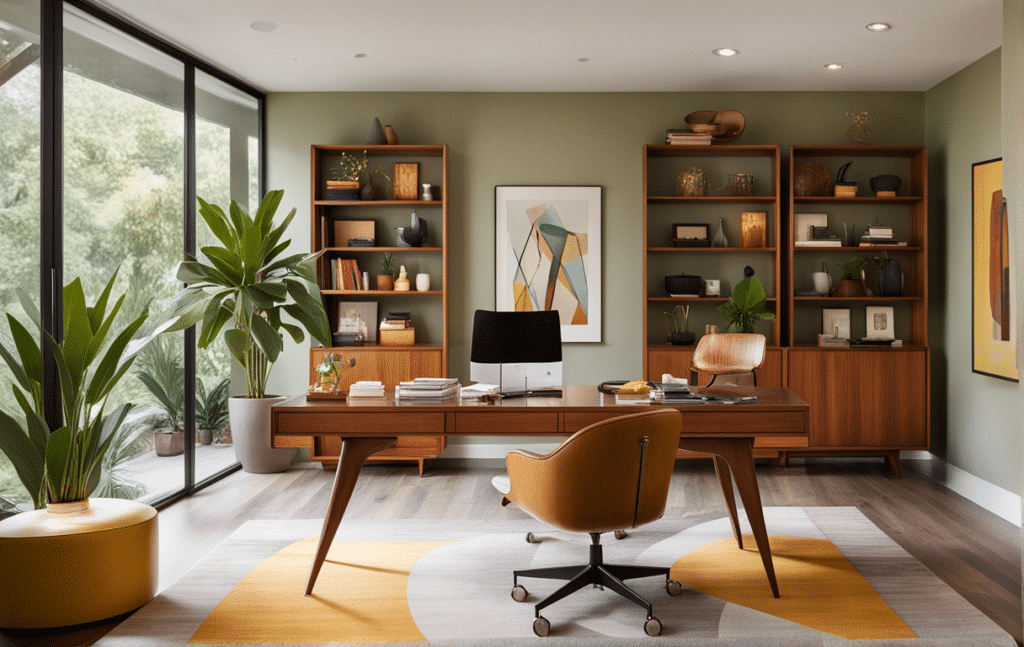
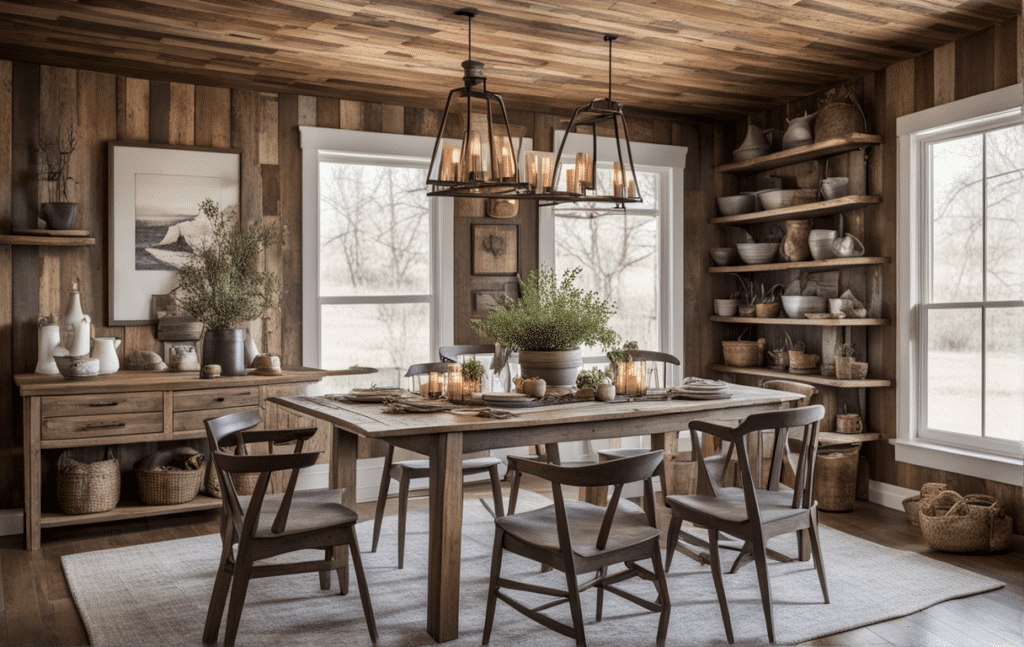
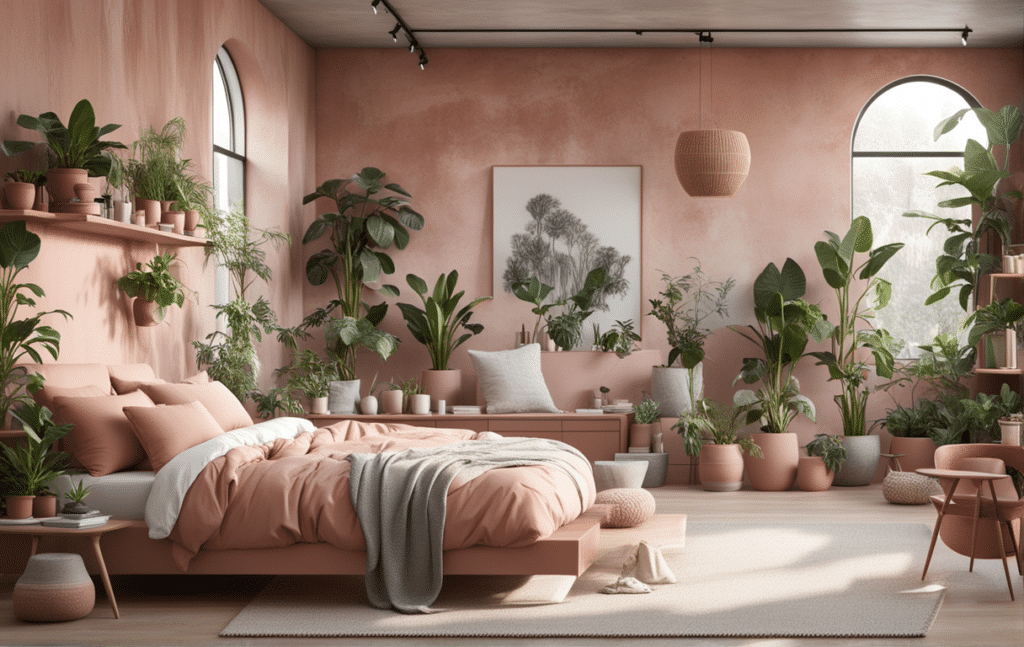
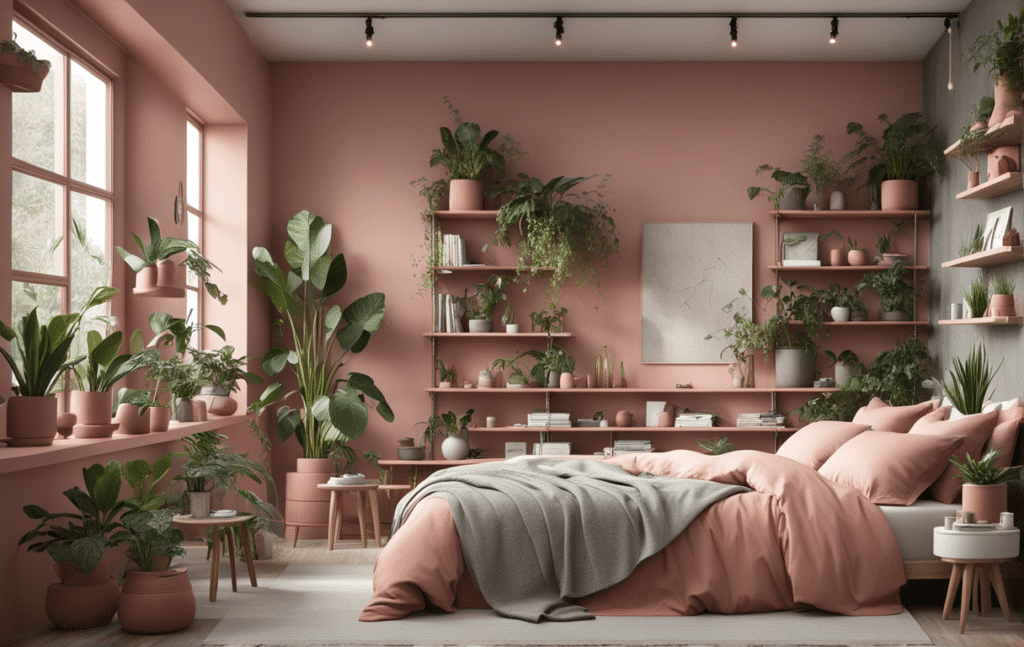

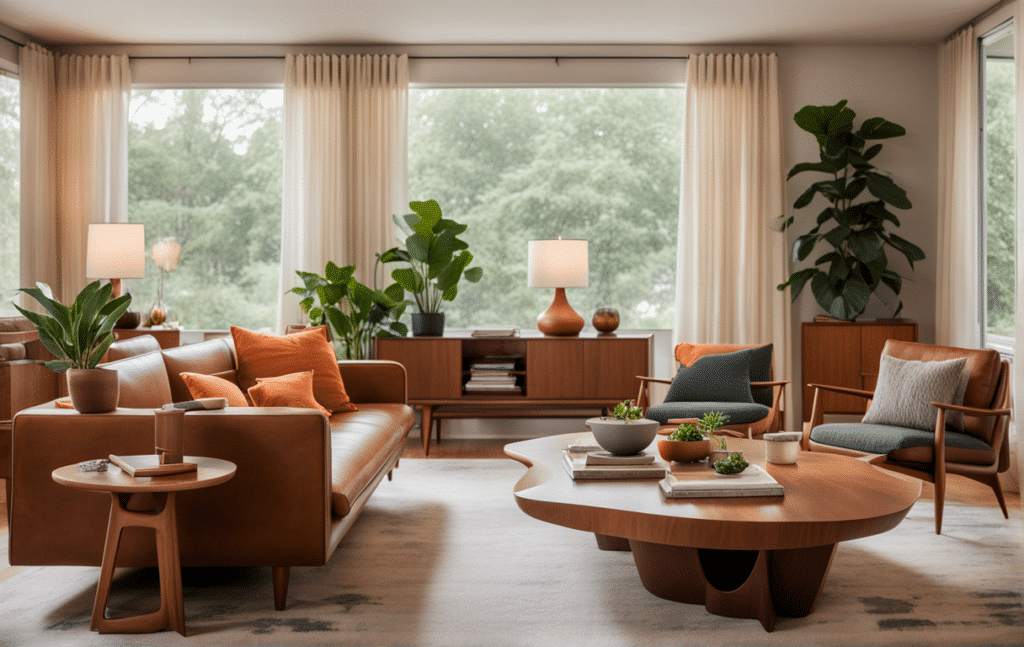
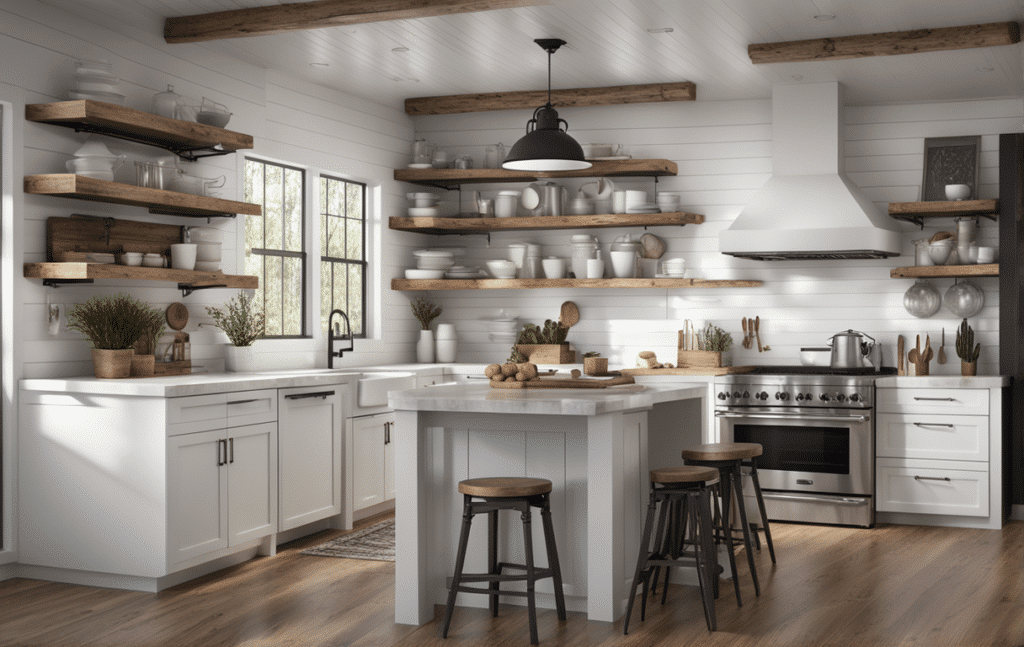
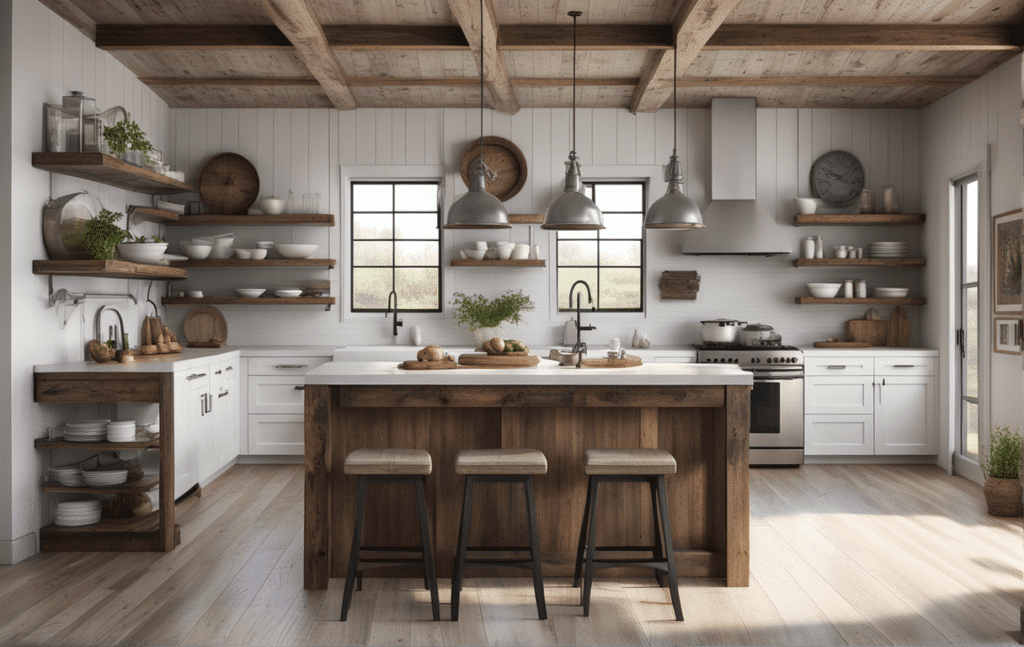
The 2010s saw the rise of the modern farmhouse style, thanks to shows like “Fixer Upper.” Houseplants became essential, and sustainability took center stage, influencing choices from materials to overall aesthetics.
Maximalism Returns
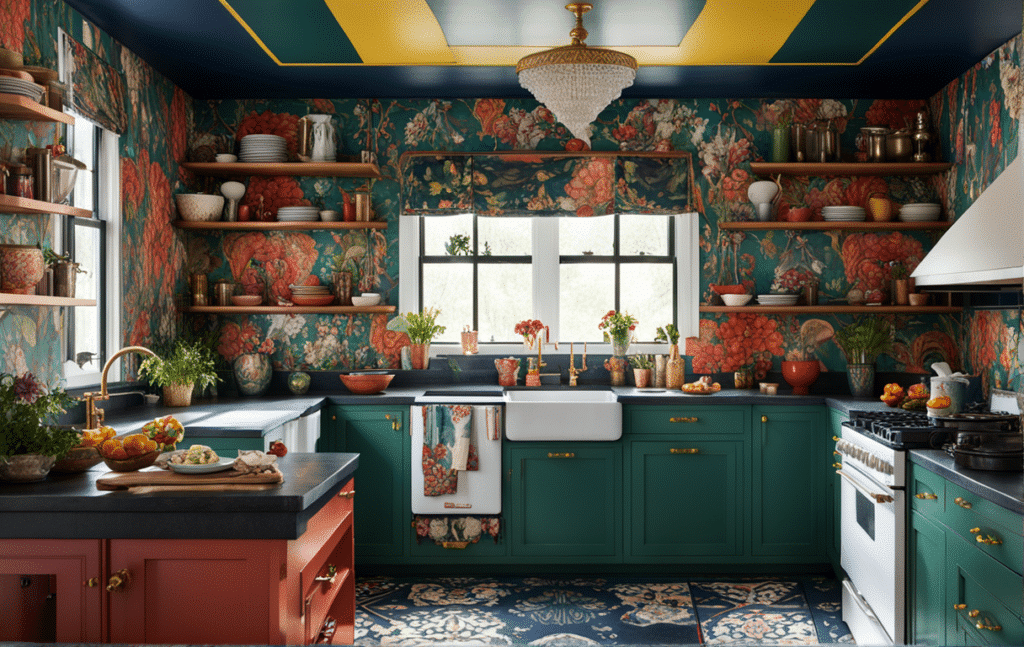
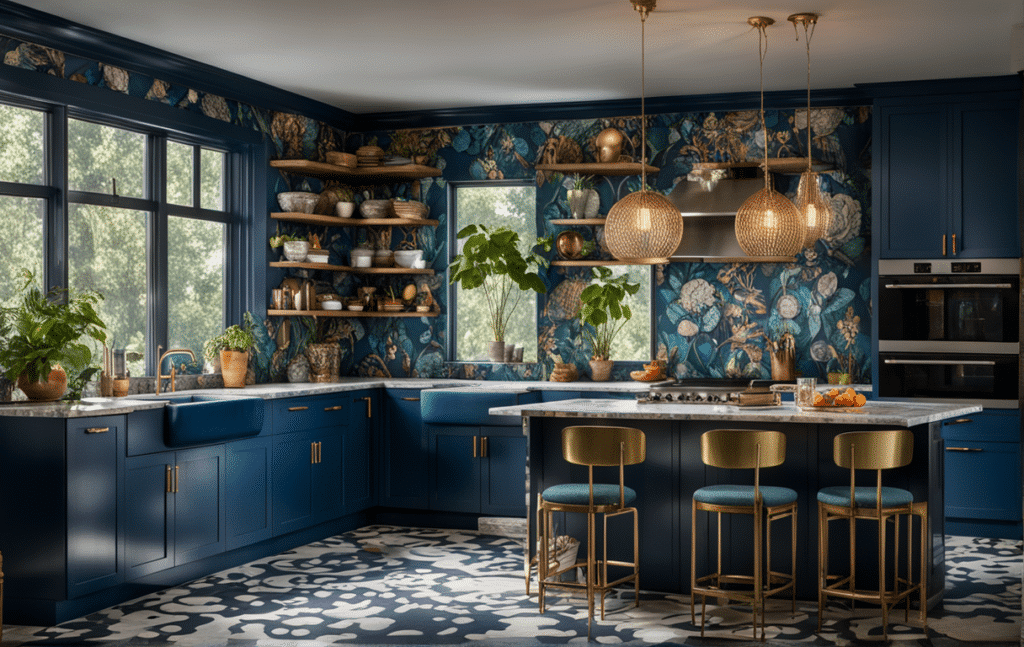


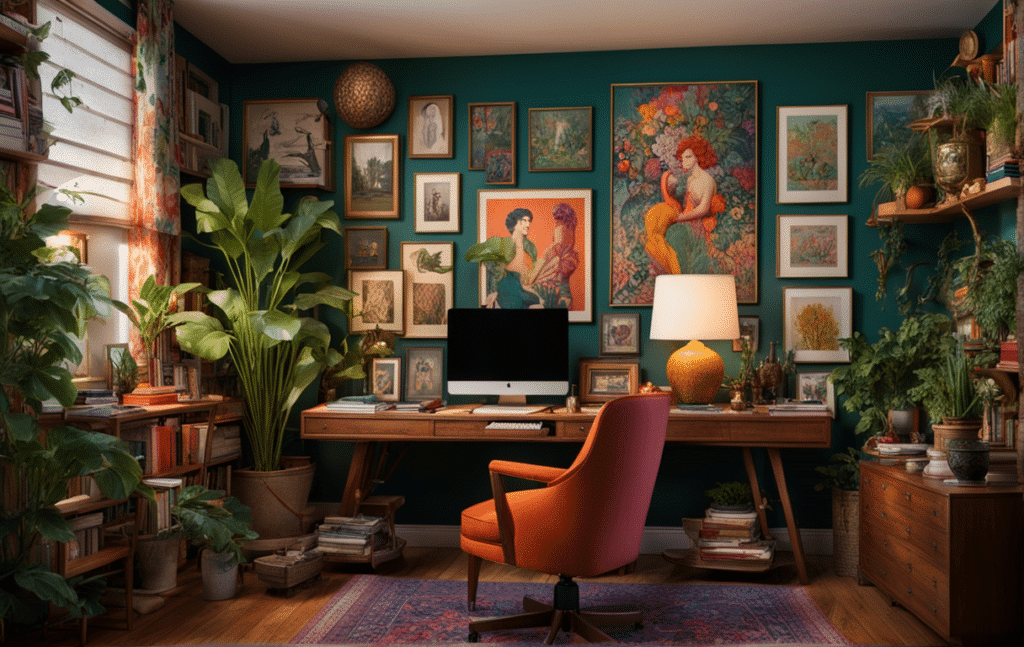
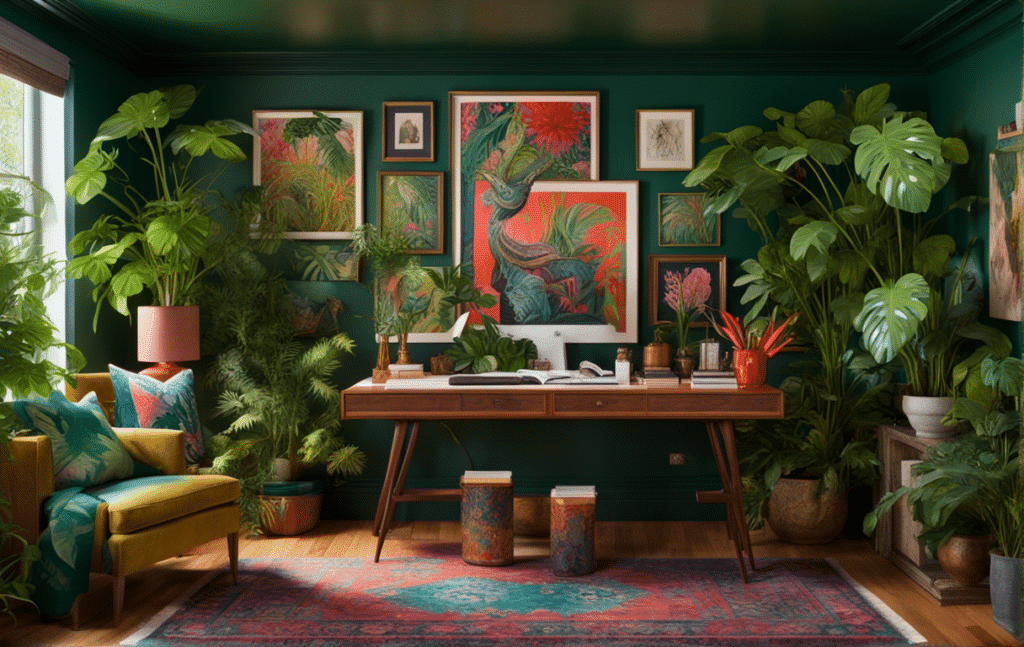
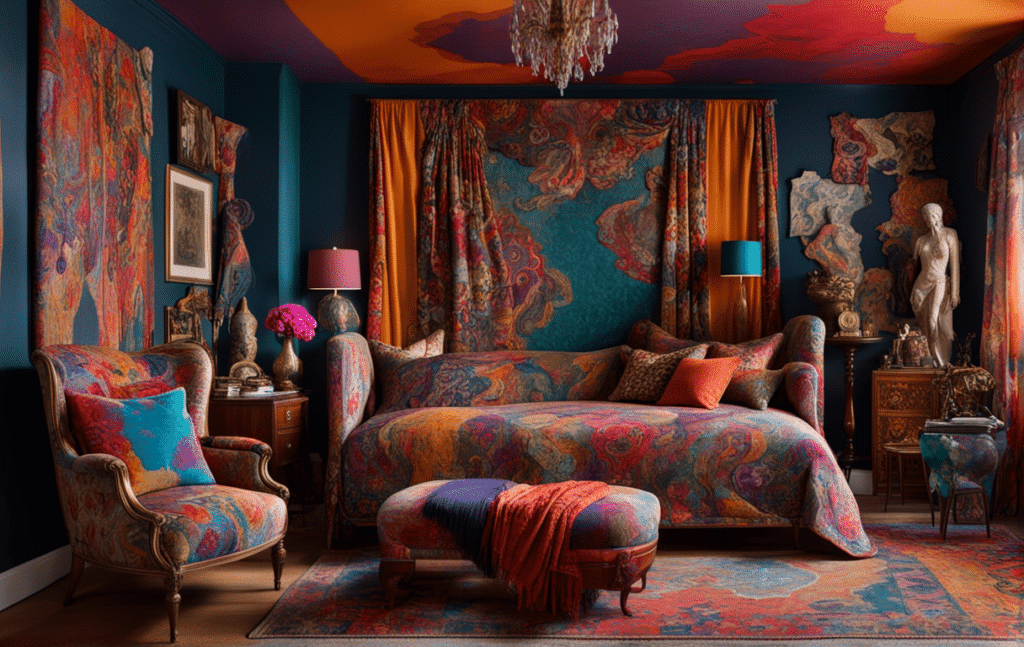

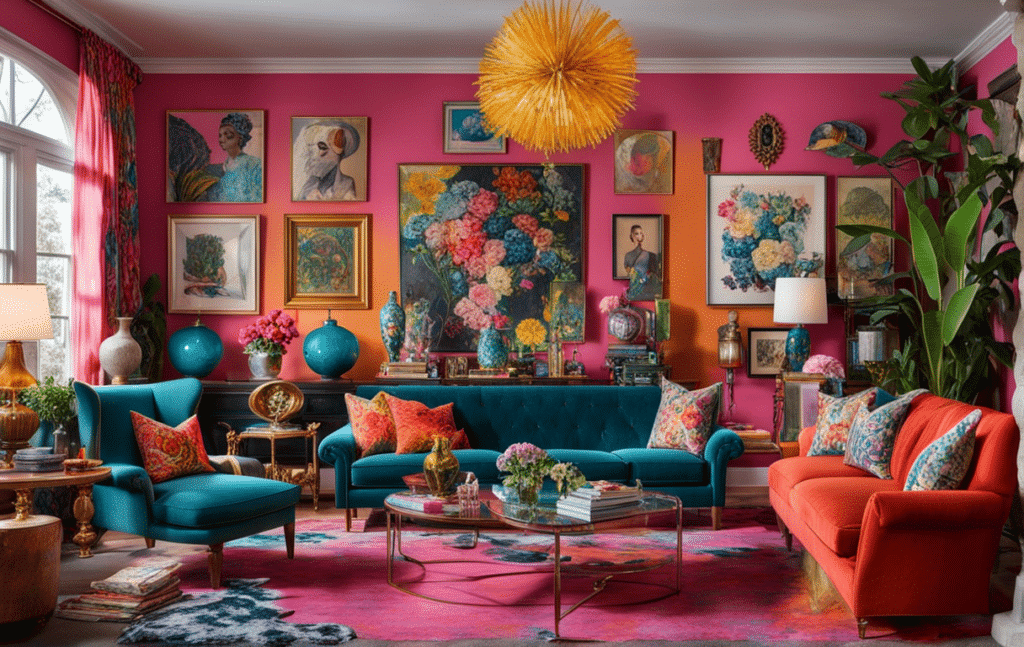
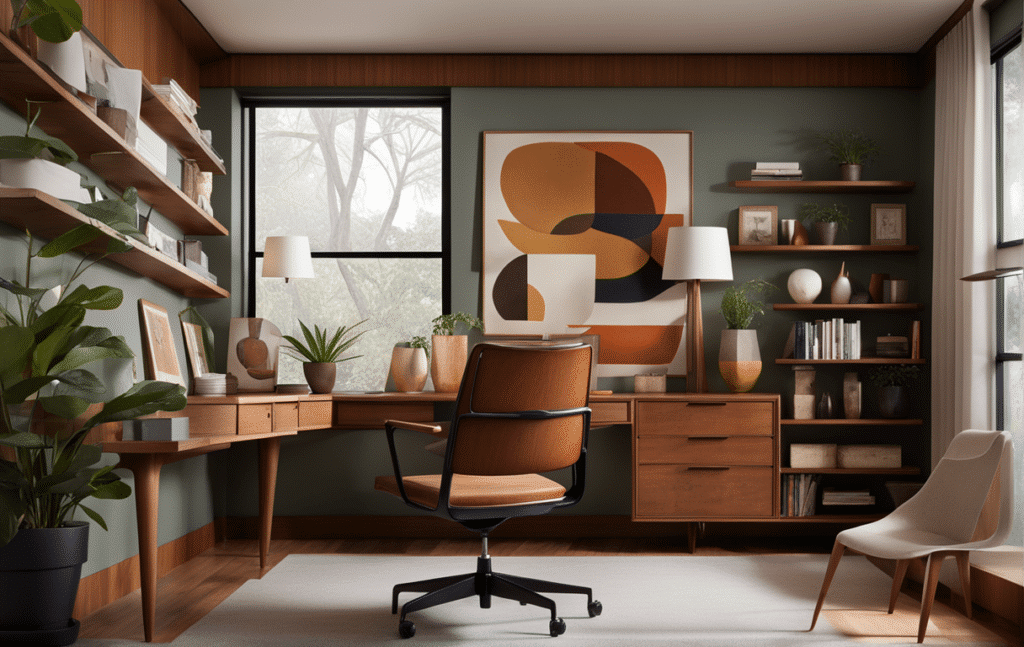
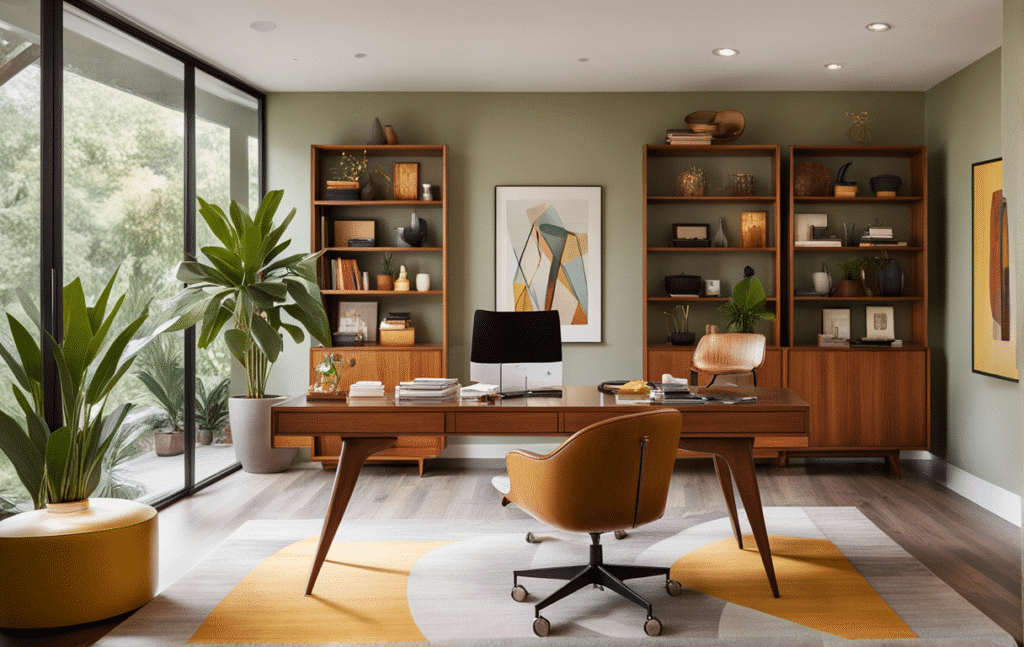
Today, maximalism is back, embracing bold colors, patterns, and eclectic mixes. Sustainability continues to shape design choices, and there is a growing appreciation for handcrafted and upcycled items.
Key Takeaways from the History of Interior Design
- Cultural Reflection: Interior design mirrors cultural and societal shifts.
- Material Innovation: Advances in materials and technology expand design possibilities.
- Personal Expression: From minimalist to maximalist trends, personal style remains central.
- Sustainability: Eco-friendly and sustainable choices are increasingly important.
- Media Influence: TV, magazines, and social media significantly shape design trends.
- Design Evolution: Each era brings unique styles influenced by cultural, societal, and technological changes.
- Visual Storytelling: Interiors reflect the values and aesthetics of their time, from ancient symbolism to modern maximalism.
- Functional Beauty: Balancing functionality with aesthetics is a constant theme in interior design history.
- Eclectic Influences: Modern trends often blend elements from various periods, creating personalized and unique spaces.
- Sustainability Matters: Recent trends emphasize sustainability and eco-conscious design choices, shaping the future of interiors.
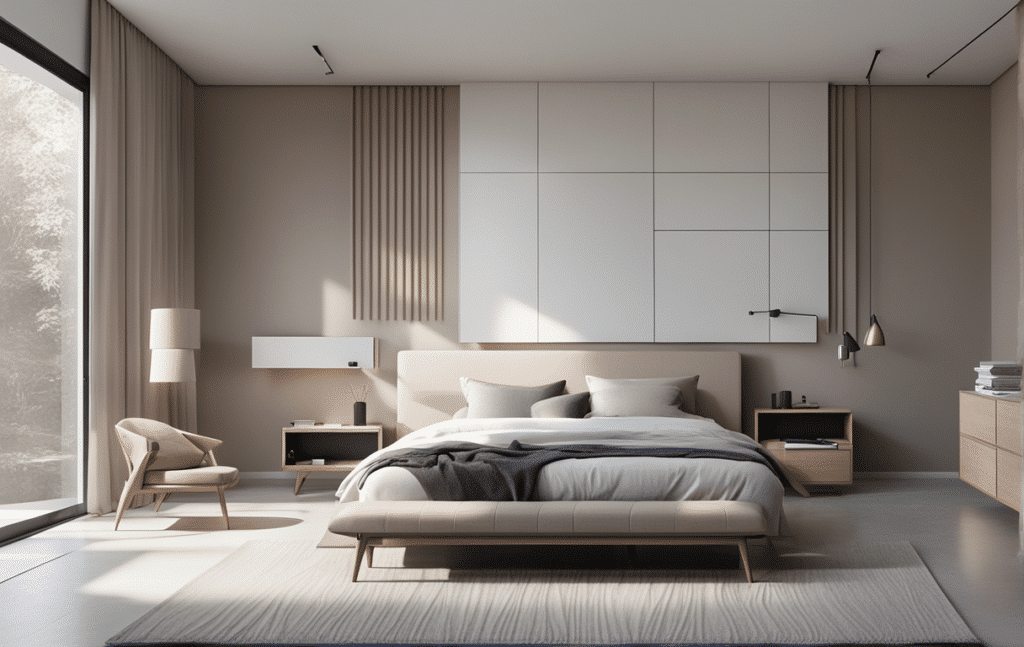
The History of Interior Design FAQs
1. How has the history of interior design evolved over time?
The history of interior design shows a shift from ancient functional and minimalist spaces to ornate Renaissance styles, followed by industrial innovations. The 20th century introduced movements like Art Deco and Bauhaus, while the 21st century is focused on sustainability and maximalism.
2. What are some major interior design movements?
Key movements include Egyptian patterning, Greek symmetry, Roman innovation, Renaissance elegance, Art Deco glamour, Bauhaus minimalism, Mid-Century Modern, Scandinavian simplicity, and contemporary maximalism.
3. Who are some influential figures in the history of interior design?
Influential figures include Thomas Chippendale, Robert Adam, Rhoda and Agnes Garrett, Elsie de Wolfe, Edith Wharton, Walter Gropius, and contemporary designers like Chip and Joanna Gaines.
4. What role does sustainability play in modern interior design?
Sustainability is crucial, with a focus on eco-friendly materials, upcycling, and creating spaces that are both stylish and environmentally responsible.
5. What are some key periods in the history of interior design?
Key periods include Ancient Egypt, Greece, Rome, the Byzantine Empire, the Dark Ages, the Renaissance, the Industrial Revolution, Art Deco, Bauhaus, Post-War Prosperity, Maximalism, Minimalism, Modern Farmhouse, and current Maximalism trends.
6. How did the Renaissance influence interior design?
The Renaissance revived classical Greek and Roman elements, emphasized symmetry and proportion, and introduced custom furniture, setting standards for elegance and unity in design.
7. What defines Art Deco style in interior design?
Bold geometric patterns, rich colors, luxurious materials like chrome and velvet, mirrored surfaces, and sleek, symmetrical lines characterize art Deco.
8. How did the Industrial Revolution impact interior design?
It made materials like carpets, wallpapers, and paints more accessible, introduced mass-produced furnishings, and emphasized a blend of functionality and style in interior spaces.
9. What is maximalism in interior design?
Maximalism embraces bold colors, eclectic patterns, layered textures, and a mix of furniture styles, creating vibrant, personalized, and visually rich spaces.
10. How have modern media platforms influenced interior design trends?
Television shows, magazines, and social media platforms like Instagram and Pinterest have accelerated the spread of design trends, making inspiration easily accessible and fostering rapid trend adoption.
11. What role does sustainability play in contemporary interior design?
Sustainability focuses on eco-friendly materials, upcycling, handcrafted items, and creating stylish yet environmentally responsible spaces.
12. How can historical design elements be incorporated into modern homes?
Blend antique or vintage pieces with contemporary furniture, use historical patterns in modern textiles, repurpose old furniture with new finishes, and incorporate architectural details that add character and charm.
The history of interior design reveals a rich tapestry of styles and influences, each era adding its unique touch to how we decorate our living spaces today.

Exploring the history of interior design reveals how our living spaces are a canvas for human creativity and societal changes. From ancient patterns to modern maximalism, each era adds a unique layer to how we experience our homes today.
